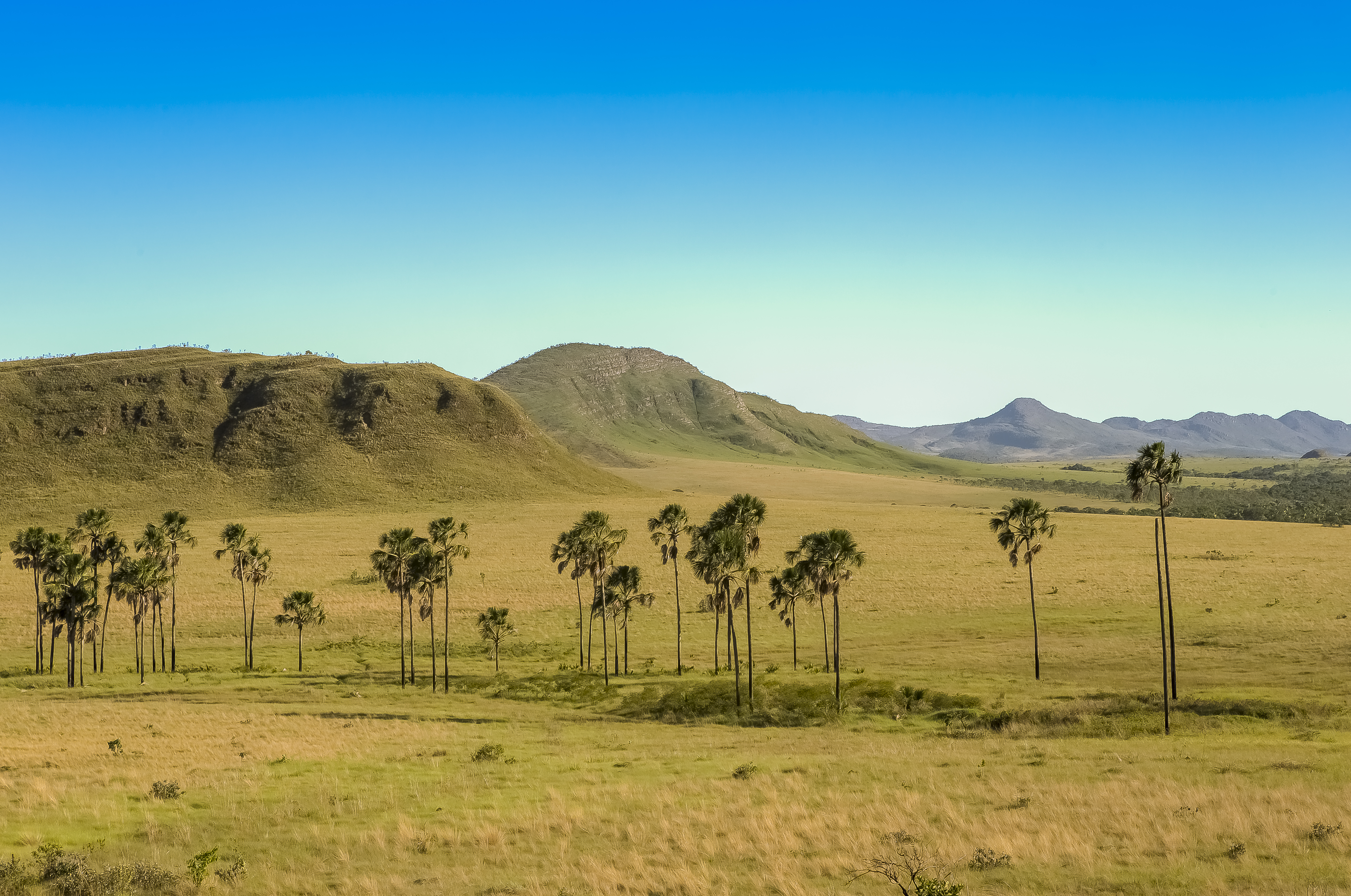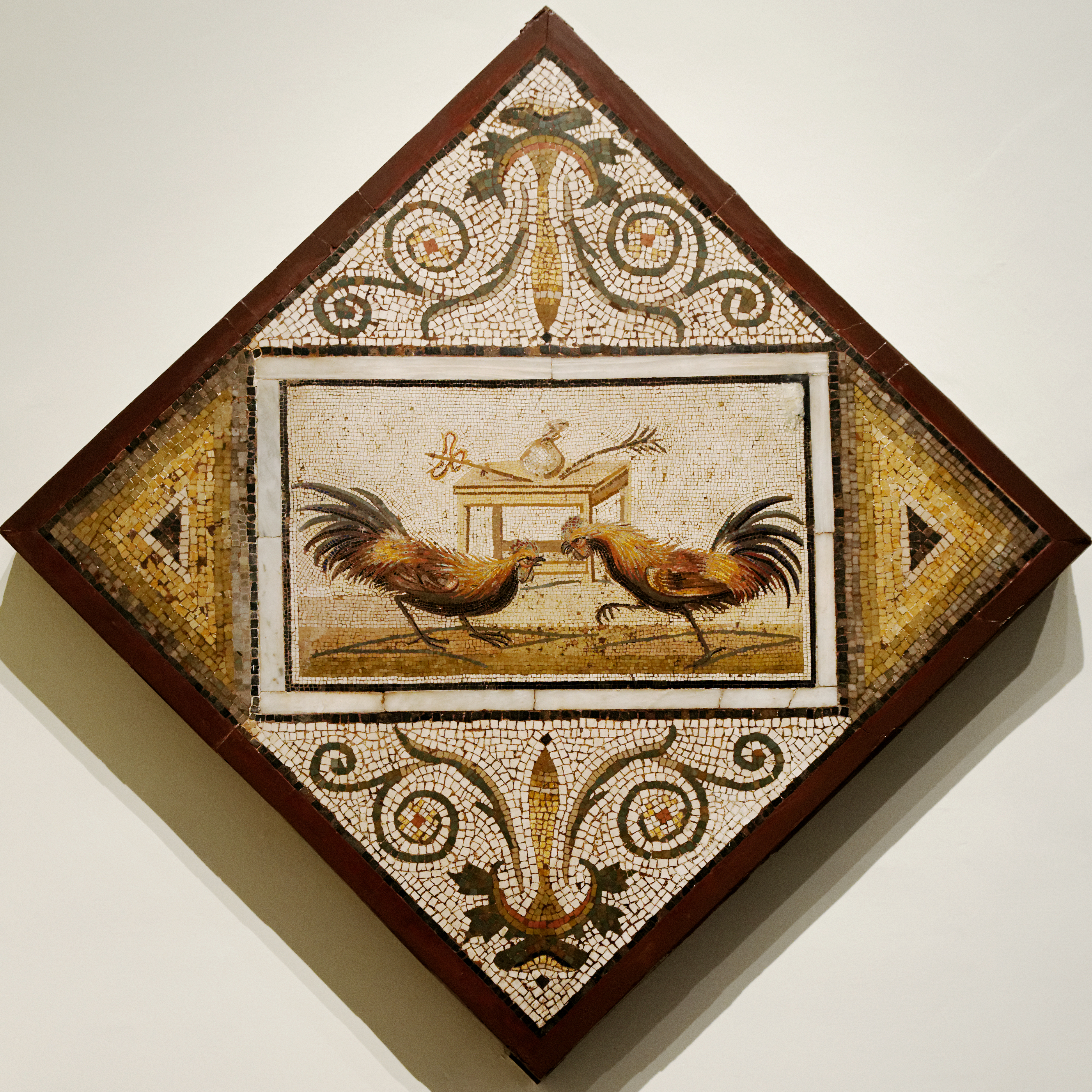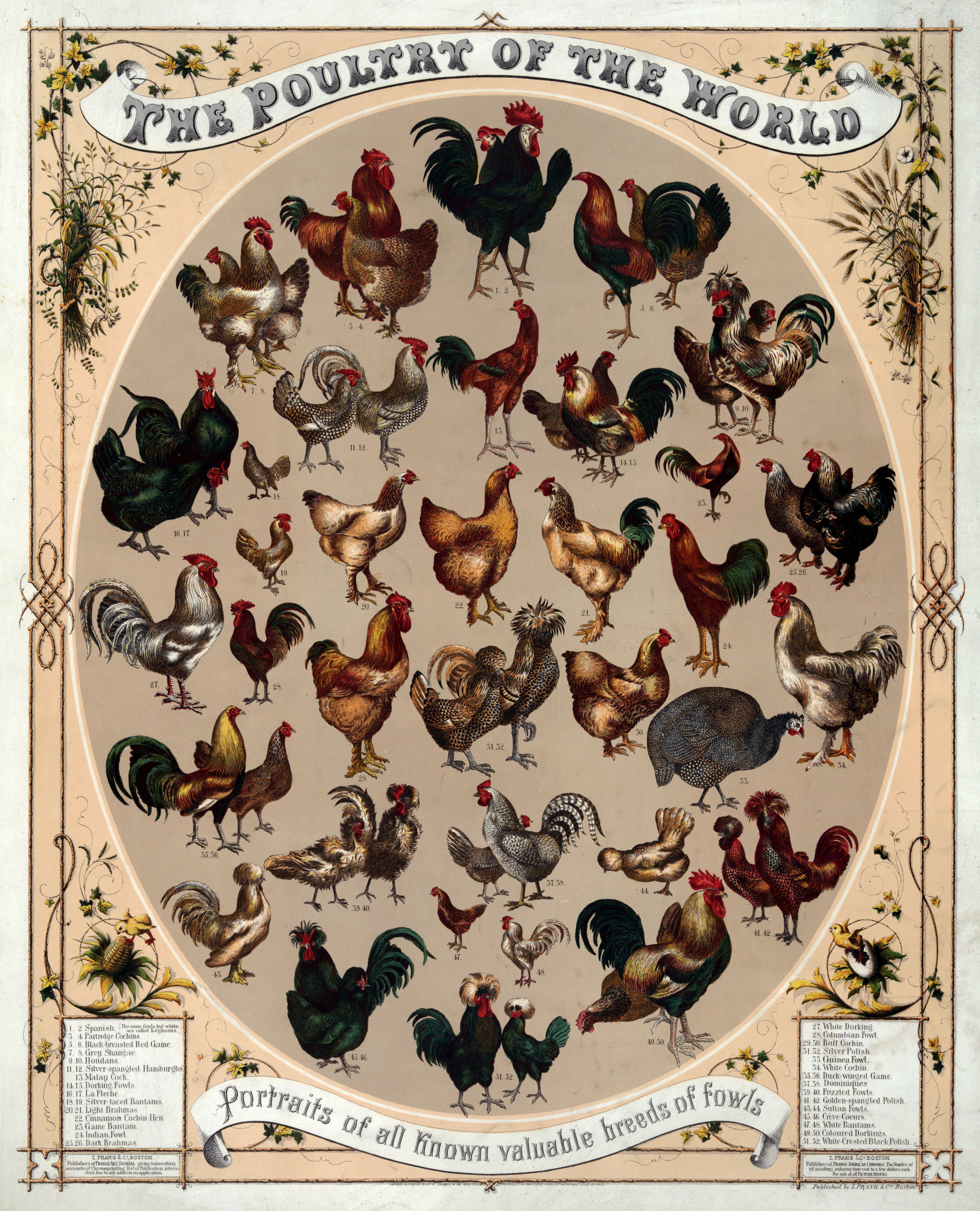|
ĂŤndio Gigante
Índio Gigante, also known as Indian Giant, is a breed of domestic chicken originally developed in Brazil. It is one of the largest chicken breeds in the world, especially in terms of height. History The Índio Gigante originated in Brazil around the late 1980s or early 1990s in the states of Minas Gerais and Goiás. It was created by crossbreeding large gamecocks — "Malayoid" breeds such as the Shamo and the Malay — with caipira chickens (rustic mixed breeds). Currently, the Índio Gigante has a defined standard and a Brazilian association — Associação Brasileira de Criadores de Índio Gigante (ABRACIG) — to better organize the continuation and genetic improvement of the breed. Within the 2020s, ABRACIG expects the Índio Gigante to receive official recognition as the first pure breed of chicken to originate from Brazil. "Índio Gigante" is Portuguese for "Indian Giant"; "Índio" (Indian) in Brazil refers to indigenous Brazilians and their culture (see also Nat ... [...More Info...] [...Related Items...] OR: [Wikipedia] [Google] [Baidu] |
Chicken
The chicken (''Gallus gallus domesticus'') is a domesticated subspecies of the red junglefowl (''Gallus gallus''), originally native to Southeast Asia. It was first domesticated around 8,000 years ago and is now one of the most common and widespread domesticated animals in the world. Chickens are primarily kept for chicken as food, their meat and egg as food, eggs, though they are also kept as pets. As of 2023, the global chicken population exceeds 26.5 billion, with more than 50 billion birds produced annually for consumption. Specialized breeds such as broilers and laying hens have been developed for meat and egg production, respectively. A hen bred for laying can produce over 300 eggs per year. Chickens are social animals with complex vocalizations and behaviors, and cultural references to chickens, feature prominently in folklore, religion, and literature across many societies. Their economic importance makes them a central component of global animal husbandry and agricu ... [...More Info...] [...Related Items...] OR: [Wikipedia] [Google] [Baidu] |
Brazil
Brazil, officially the Federative Republic of Brazil, is the largest country in South America. It is the world's List of countries and dependencies by area, fifth-largest country by area and the List of countries and dependencies by population, seventh-largest by population, with over 212 million people. The country is a federation composed of 26 Federative units of Brazil, states and a Federal District (Brazil), Federal District, which hosts the capital, BrasĂlia. List of cities in Brazil by population, Its most populous city is SĂŁo Paulo, followed by Rio de Janeiro. Brazil has the most Portuguese-speaking countries, Portuguese speakers in the world and is the only country in the Americas where Portuguese language, Portuguese is an Portuguese-speaking world, official language. Bounded by the Atlantic Ocean on the east, Brazil has a Coastline of Brazil, coastline of . Covering roughly half of South America's land area, it Borders of Brazil, borders all other countries and ter ... [...More Info...] [...Related Items...] OR: [Wikipedia] [Google] [Baidu] |
Minas Gerais
Minas Gerais () is one of the 27 federative units of Brazil, being the fourth largest state by area and the second largest in number of inhabitants with a population of 20,539,989 according to the 2022 Brazilian census, 2022 census. Located in the Southeast Region, Brazil, Southeast Region of the country, it is bordered to south and southwest by SĂŁo Paulo (state), SĂŁo Paulo; Mato Grosso do Sul to the west; Goiás and the Federal District (Brazil), Federal District to the northwest; Bahia to the north and northeast; EspĂrito Santo to the east; and Rio de Janeiro (state), Rio de Janeiro to the southeast. The state's capital and largest city, Belo Horizonte, is a major urban and finance center in Brazil, being the List of largest cities in Brazil#Top 115 most populous cities and state capitals, sixth most populous municipality in the country while its Greater Belo Horizonte, metropolitan area ranks as the List of metropolitan areas in Brazil, third largest in Brazil with just ov ... [...More Info...] [...Related Items...] OR: [Wikipedia] [Google] [Baidu] |
Goiás
Goiás () is a Brazilian States of Brazil, state located in the Central-West Region, Brazil, Central-West region. Goiás borders the Federal District (Brazil), Federal District and the states of (from north clockwise) Tocantins, Bahia, Minas Gerais, Mato Grosso do Sul and Mato Grosso. The state capital is Goiânia. With 7.2 million inhabitants, Goiás is the most populous state in the Central-West region and the List of Brazilian states by population, 11th most populous in the country. It has the List of Brazilian federative units by gross regional product, ninth largest economy among Brazilian federative units. In Brazil's geoeconomic division, Goiás belongs to the Centro-Sul (Center-South), being the northernmost state of the southern portion of Brazil. The state has 3.3% of the Brazilian population and is responsible for 2.7% of the Brazilian GDP. The history of Goiás dates back to the beginning of the 18th century, with the arrival of pioneers from São Paulo. The Rio Verm ... [...More Info...] [...Related Items...] OR: [Wikipedia] [Google] [Baidu] |
Gamecocks
Cockfighting is a blood sport involving domesticated roosters as the combatants. The first documented use of the word gamecock, denoting use of the cock as to a "game", a sport, pastime or entertainment, was recorded in 1634, after the term "cock of the game" used by George Wilson, in the earliest known book on the sport of cockfighting in ''The Commendation of Cocks and Cock Fighting'' in 1607. But it was during Ferdinand Magellan's voyage of discovery of the Philippines in 1521 when modern cockfighting was first witnessed and documented for Westerners by the Italian Antonio Pigafetta, Magellan's chronicler, in the Kingdom of Taytay. The gamecocks (not to be confused with game birds) are specially bred and conditioned for increased stamina and strength. Male and female chickens of such a breed are referred to as gamefowl. Cocks are also bred to be aggressive towards other males of their species. Wagers are often made on the outcome of the match, held in a ring called a cockp ... [...More Info...] [...Related Items...] OR: [Wikipedia] [Google] [Baidu] |
Shamo Chickens
is an overall designation for gamefowl in Japan. There are seven recognised list of chicken breeds, breeds of Shamo chicken in Japan, all of which are designated Natural Monuments of Japan. The Shamo breeds are thought to derive from fighting chickens of Ayam Kampong, Malay type brought from Thailand in the early part of the seventeenth century. History The Shamo breeds are thought to derive from fighting chickens of Ayam Kampong, Malay type brought from Thailand in the early part of the seventeenth century or early Edo period (1603–1867). The Japanese word ''Shamo'' derives from ''Siam'', the former name of Thailand. The birds have been selectively bred for several hundred years for their fighting ability. Some were imported to Western countries in the 1970s; in the twenty-first century, the birds are reported from four countries outside Japan: Australia, Ireland, the United Kingdom and the United States. Breeds The seven recognised Shamo breeds designated as Natural M ... [...More Info...] [...Related Items...] OR: [Wikipedia] [Google] [Baidu] |
Malay Chicken
The Malay Game is a breed of game chicken. It is among the tallest breeds of chicken, and may stand over (36 inches) high. The Malay is bred principally in Europe, and in Australia and the United States. It was derived, partly in Devon and Cornwall in south-west England, from birds imported from the Indian subcontinent or South-east Asia in the first decades of the nineteenth century, when large birds of this type were widespread in northern India, in Indonesia and in the Malay Peninsula. The Malay was the first chicken breed to be bantamised; a dwarf version of the standard-sized breed was created at the turn of the twentieth century. History From about 1830 very large game chickens were imported to England, where they became fashionable and were selectively bred by English breeders. Some imports are documented from the Malay Peninsula, others from the Deccan of India. Those from India were sometimes called Grey Chittagongs, but were considered to be closely similar to ... [...More Info...] [...Related Items...] OR: [Wikipedia] [Google] [Baidu] |
Caipira
Caipiras ( in Caipira dialect) are the traditional population of the Brazilian state of São Paulo. Later, with the expansion of São Paulo's influence to other regions of the country, other states also had Caipiras in their localities, like Goiás, Minas Gerais, Mato Grosso, Mato Grosso do Sul, and Paraná. All the regions where Caipira culture predominates are grouped into a cultural area, known since the 20th century as Paulistania. During the period of the Colonial Brazil, the Caipiras were speakers of the Paulista General Language, today a dead language; currently, they have their own dialect, which preserves elements of this language and Medieval Galician. The Caipira and its culture is considered by intellectuals as an evolution of the old Paulista society and the Bandeirante culture. Origin and etymology The first Caipiras were the Bandeirantes, a group of explorers who set out from São Paulo, exploring the backlands in search of metals and precious stones. When th ... [...More Info...] [...Related Items...] OR: [Wikipedia] [Google] [Baidu] |
Indigenous Peoples In Brazil
Indigenous peoples in Brazil or Native Brazilians () are the peoples who lived in Brazil before European contact around 1500 and their descendants. Indigenous peoples of the Americas, Indigenous peoples once comprised an estimated 2,000 district tribes and nations inhabiting what is now Brazil. The 2010 Brazil census recorded 305 ethnic groups of Indigenous people who spoke 274 Indigenous languages of the Americas, Indigenous languages; however, almost 77% speak Portuguese language, Portuguese. Historically, many Indigenous peoples of Brazil were semi-nomadic and combined hunting, fishing, and hunter-gatherer, gathering with migratory agriculture. Many tribes were massacred by European settlers, and others assimilated into the growing European population Brazilians, Brazilian population. The Indigenous population was decimated by European diseases, declining from a pre-Columbian high of 2 million to 3 million to approximately 300,000 by 1997, distributed among 200 tribes. Accor ... [...More Info...] [...Related Items...] OR: [Wikipedia] [Google] [Baidu] |
Native American Name Controversy
There is an ongoing discussion about the terminology used by the Indigenous peoples of the Americas to describe themselves, as well as how they prefer to be referred to by others. Preferred terms vary primarily by region and age. As Indigenous peoples and communities are diverse, there is no consensus on naming. After Europeans discovered the Americas, they called most of the Indigenous people collectively "Indians". The distinct people in the Arctic were called "Eskimos". ''Eskimo'' has declined in usage. When discussing broad groups of peoples, naming may be based on shared language, region, or historical relationship, such as Anishinaabeg, Tupi–Guarani languages, Tupi–Guarani-speaking peoples, Pueblo-dwelling peoples, Amazonian tribes, or LDN peoples (Lakota people, Lakota, Dakota people, Dakota, and Assiniboine, Nakota peoples). Although "Indian" has been the most common collective name, many English exonyms have been used to refer to the Indigenous peoples of the Amer ... [...More Info...] [...Related Items...] OR: [Wikipedia] [Google] [Baidu] |
Chicken Breeds
There are hundreds of chicken breeds in existence. Domesticated for thousands of years, distinguishable breeds of chicken have been present since the combined factors of geographical isolation and selection for desired characteristics created regional types with distinct physical and behavioral traits passed on to their offspring. The physical traits used to distinguish chicken breeds are size, plumage color, comb type, skin color, number of toes, amount of feathering, egg color, and place of origin. They are also roughly divided by primary use, whether for eggs, meat, or ornamental purposes, and with some considered to be dual-purpose. In the 21st century, chickens are frequently bred according to predetermined breed standards set down by governing organizations. The first of such standards was the British Poultry Standard, which is still in publication today. Other standards include the Standard of Perfection, the Australian Poultry Standard, and the standard of the America ... [...More Info...] [...Related Items...] OR: [Wikipedia] [Google] [Baidu] |





